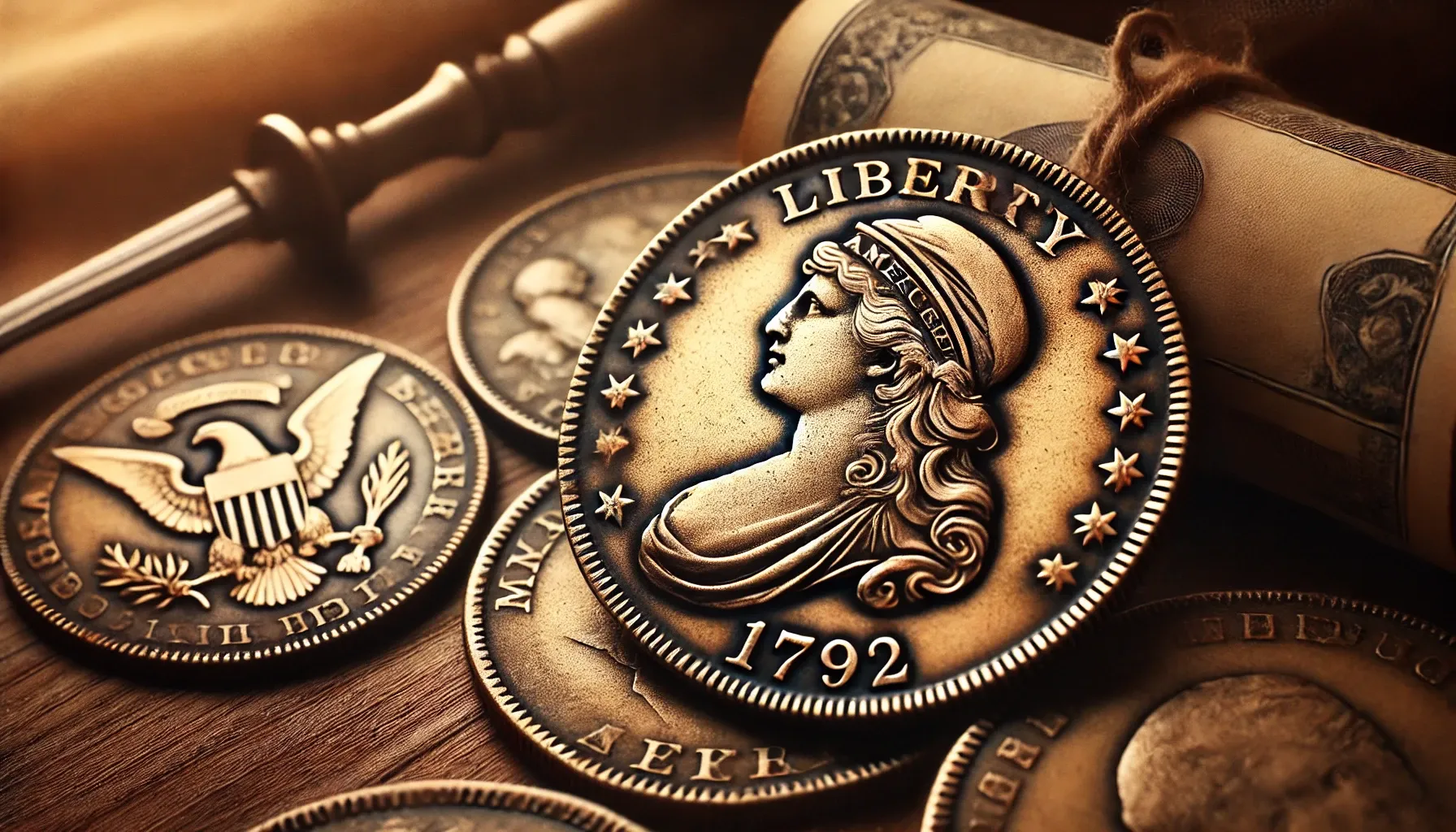UPSC
On This Day Today
The Coinage Act of 1792: Foundation of U.S. Currency
Last Updated
2nd April, 2025
Date Published
1st April, 2025
Share This Post With Someone

Context:
The Coinage Act of April 2, 1792, was a landmark legislation passed by the U.S. Congress that established the United States Mint and laid the groundwork for a standardized national currency system. This act was pivotal in shaping the economic framework of the newly independent nation, reflecting its sovereignty and economic aspirations.
Key Points:
- Establishment of the U.S. Mint:
- Authorized the creation of a national mint to be located at the seat of the U.S. government, which was Philadelphia at the time.
- Marked the first federal building constructed under the U.S. Constitution.
- Officers of the Mint:
- Established five key positions: Director, Assayer, Chief Coiner, Engraver, and Treasurer.
- Allowed the Chief Coiner and Engraver roles to be performed by one person if needed.
- Roles and Responsibilities:
- Director: Oversaw the mint’s operations, managed staff, and reported to the President with approval for hiring clerks and workers.
- Assayer: Received and tested metals brought for coinage, ensuring quality before passing them to the Chief Coiner.
- Chief Coiner: Responsible for minting coins from received metals as per legal regulations.
- Engraver: Designed and prepared dies with appropriate inscriptions and emblems for coin production.
- Treasurer: Received finished coins, disbursed them to entitled parties, and managed the mint’s finances through warrants signed by the Director.
- Coin Specifications:
- Mandated specific designs for coins:
- Obverse: An emblem of liberty, the word "Liberty," and the year of coinage.
- Reverse:
- Gold and silver coins to feature an eagle with the inscription "UNITED STATES OF AMERICA."
- Copper coins to indicate denomination (cent or half-cent) without an eagle.
- Coin Denominations and Materials:
- Authorized production of:
- Gold Coins: $10 Eagle, $5 Half-Eagle, $2.50 Quarter-Eagle.
- Silver Coins: Dollar, Half-Dollar, Quarter, Dime, Half-Dime.
- Copper Coins: Cent, Half-Cent.
- Legal Tender Status:
- Declared all specified coins as legal tender, with their value tied to their metallic content (gold, silver, or copper).
- Presidential Authority:
- Empowered the President to:
- Hire artists and procure equipment for the mint (building on a prior resolution).
- Arrange buildings and infrastructure necessary for mint operations.
- Funding and Expenses:
- Expenses for establishing and maintaining the mint, beyond revenue from coinage fees, to be covered by the U.S. Treasury from unappropriated funds.
- Included costs for buildings, equipment, and operational support.
- Historical Significance:
- Established the U.S. dollar as the standard unit of currency, adopting a decimal system (divided into 100 cents).
- Addressed the currency chaos post-Revolutionary War by centralizing coinage under federal control, replacing the use of foreign and colonial currencies.
Key Terms:
- U.S. Mint: The federal institution responsible for producing U.S. coinage.
- Legal Tender: Currency recognized by law as valid for payment of debts.
- Decimal System: A currency structure based on units of 10, with the dollar divided into 100 cents.
- Eagle: A gold coin worth $10, symbolizing American sovereignty.
- Director: The chief officer overseeing mint operations.
- Assayer: An official who tests the purity of metals for coinage.
- Chief Coiner: The officer tasked with minting coins from prepared metals.
- Engraver: The artisan responsible for designing coin dies.
- Treasurer: The financial manager of the mint, handling coins and funds.
- Obverse: The front side of a coin, typically bearing the main design.
- Reverse: The back side of a coin, often with secondary inscriptions or symbols.